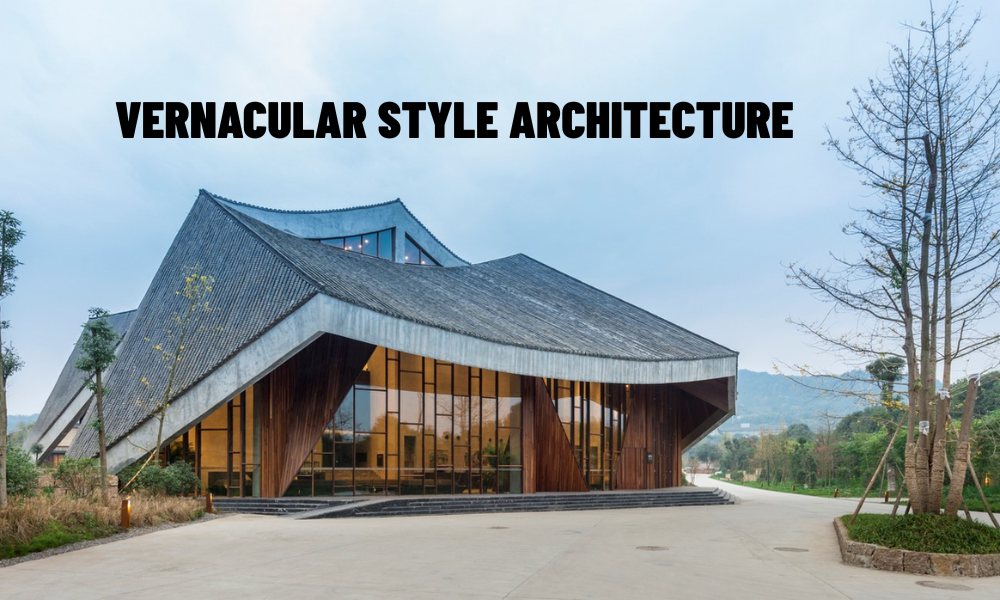In a time when global cities are becoming increasingly homogenized, Vernacular Style Architecture offers an alternative that is grounded, sustainable, and deeply human. This approach to design is not just about building homes; it’s about building in harmony with nature and community.
Contents
Why Is Vernacular Style Architecture Relevant Today?
Modern architecture often depends on energy-intensive materials and artificial climate control. As environmental concerns rise, there is a growing movement toward rethinking how we build. Vernacular Style Architecture stands out for its:
- Low environmental impact
- Cultural sensitivity
- Affordability
- Adaptability to extreme climates
This architectural style champions local solutions to local problems, a principle increasingly important in both urban and rural development.

Benefits of Vernacular Style Architecture
Buildings based on Vernacular Style Architecture naturally consume less energy. They rely on passive solar design, natural ventilation, and insulation from local materials.
Using locally available materials and simple construction techniques reduces dependence on industrial systems and imported goods. Labor is also often community-based.
Each building becomes a living museum of local tradition. Whether it’s a layout that encourages communal living or decor with symbolic meaning, these spaces help preserve intangible cultural heritage.
Many vernacular designs are naturally resistant to the environmental challenges of their region. For example, bamboo structures bend in earthquakes, while stilt houses withstand floods.
Community-built housing fosters shared ownership, knowledge transfer, and intergenerational learning. It also supports local economies and skilled craftspeople.
Challenges and Misconceptions
Some view Vernacular Style Architecture as outdated, simplistic, or not aligned with modern lifestyles. However, these misconceptions ignore the potential for innovation within tradition. Today, architects are blending vernacular design with modern engineering, resulting in hybrid models that are both functional and beautiful.
Another challenge is regulatory: Building codes and urban planning policies often do not accommodate vernacular methods. There is a need for advocacy and policy reform to support traditional construction techniques.
Real-World Case Studies
The Earthship Movement in the U.S. borrows from vernacular practices like rammed earth and passive heating to create off-grid homes.
Hunnarshala Foundation in India works with earthquake-prone communities to rebuild using local knowledge and materials.
Pritzker Prize-winning Francis Kéré continues to demonstrate how traditional techniques can achieve global design excellence.
Looking Forward: A Hybrid Approach
The future of architecture may well be a fusion between technology and tradition. Vernacular Style Architecture doesn’t have to reject modernity—instead, it can inform smarter, more responsible design.
This might include:
- 3D printing using local clay
- Modular housing based on traditional layouts
- Smart homes with vernacular materials and passive design
Vernacular Style Architecture is not merely a nostalgic return to the past. It is a forward-thinking response to the environmental, social, and cultural challenges of the present. As we seek sustainable solutions, architecture rooted in local wisdom may offer the most grounded and inspiring answers.



